Rain harvesting system for the home
Rain harvesting solution for industries
Rainwater harvesting filters for schools and colleges
Rainwater harvesting for agricultural land
Rainwater harvesting for malls
Rainwater harvesting for hospitals
The process of collecting and storing rainwater for later use is known as rainwater harvesting. It is an easy, affordable, and efficient way to save water and lessen your reliance on public water systems.
The following are the primary benefits of rainwater harvesting systems:
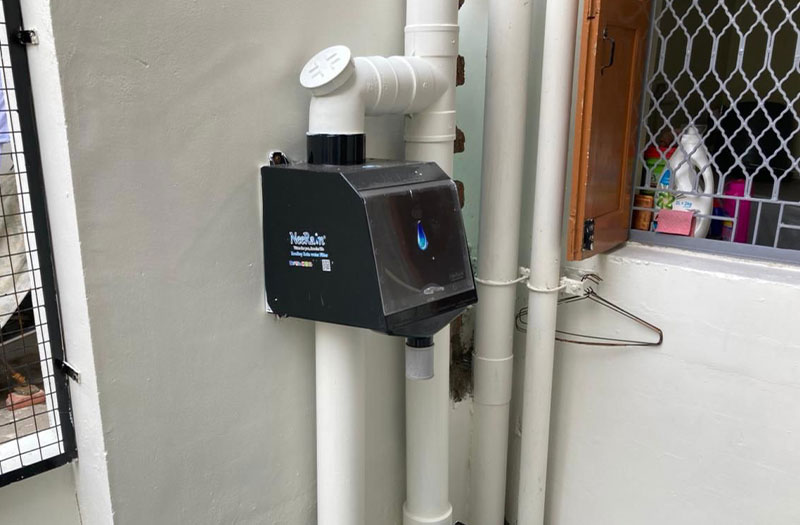
The following are the uses of rainwater harvesting:
Here are some simple ways to keep rainwater clean for better water quality:
The first bit of rain after a dry spell often contains the highest concentration of pollutants. You can use a first flush diverter to send this water away from your storage tank.
There are many different ways to filter rainwater, such as using sand filters, carbon filters, and UV filters.
You can also treat rainwater with chemicals, such as chlorine or iodine, to kill any remaining microorganisms. However, it is important to use the right chemicals and amounts, as too much can make the water harmful to drink.
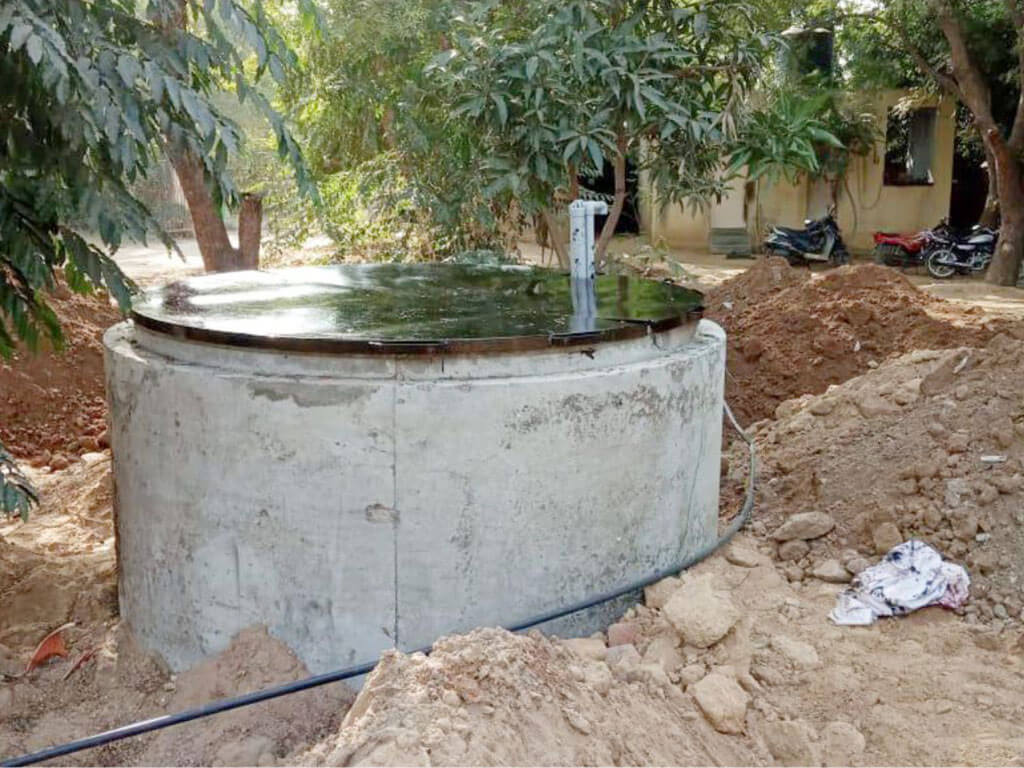
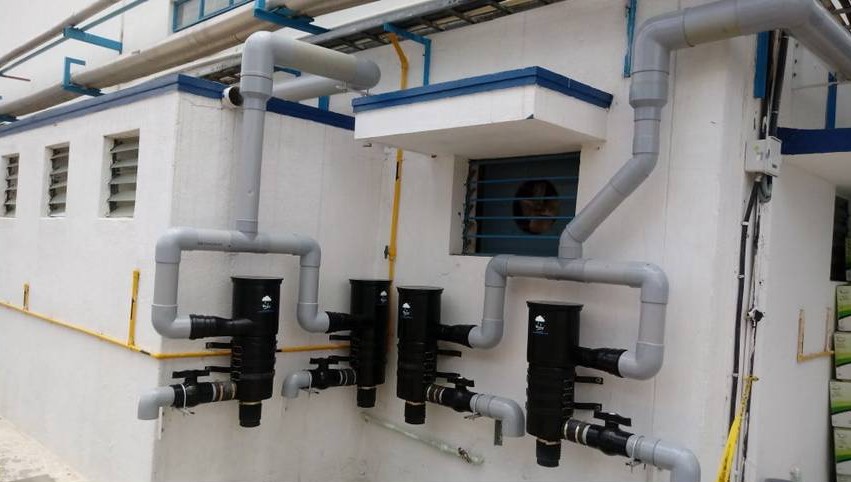
Rain harvesting methods can be used in various locations and by a wide range of people:
Rain harvesting system for the home
Rain harvesting solution for industries
Rainwater harvesting filters for schools and colleges
Rainwater harvesting for agricultural land
Rainwater harvesting for malls
Rainwater harvesting for hospitals
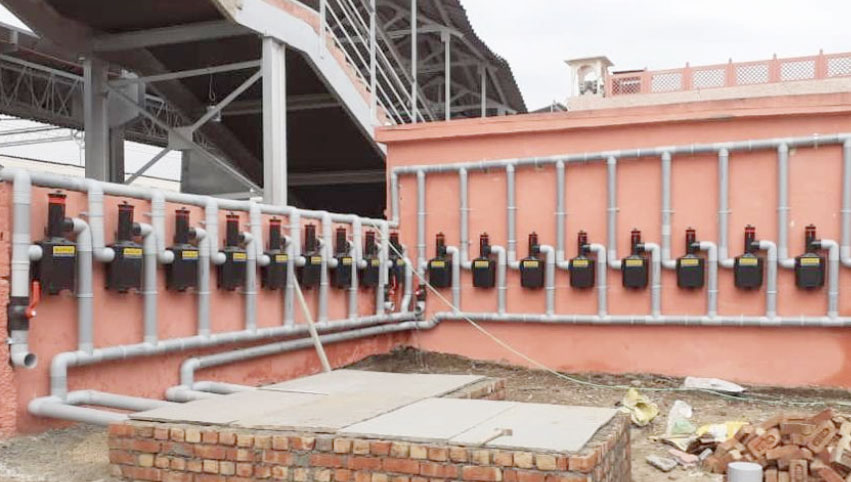
The amount of rainwater harvested is affected by the following factors:
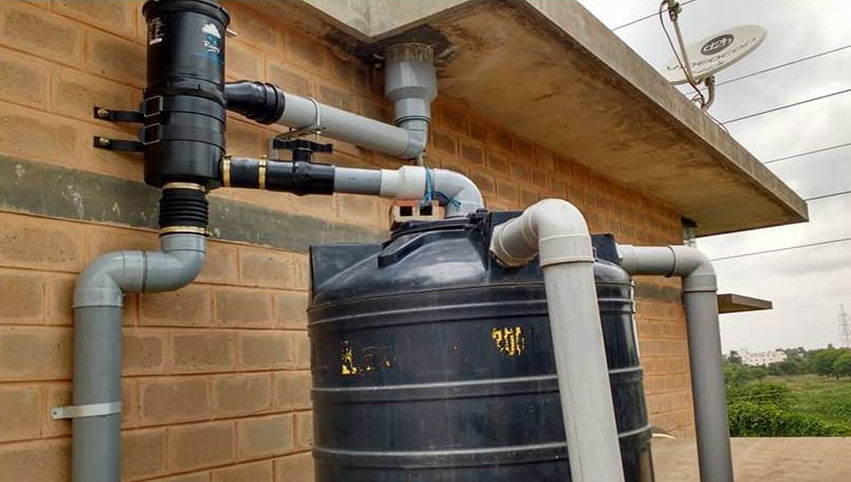
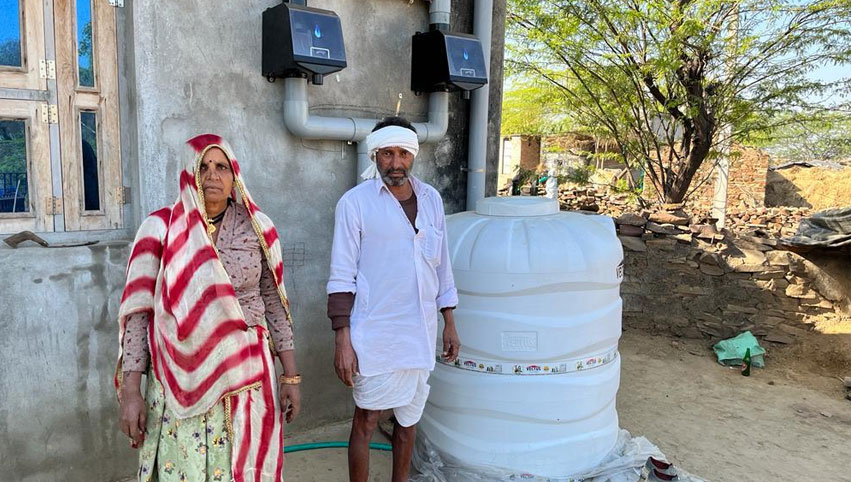
By choosing Vardhman Envirotech, you're not just selecting a rainwater harvesting partner – you're embracing a sustainable future. We believe in making a positive impact on the environment and in helping you do the same.
Vardhman Envirotech is your trusted ally in rainwater harvesting. With our expertise, technology, commitment to the environment, and dedication to your success, we are the partner of choice for all your rainwater harvesting needs. Make the smart choice for your water management – choose Vardhman Envirotech.